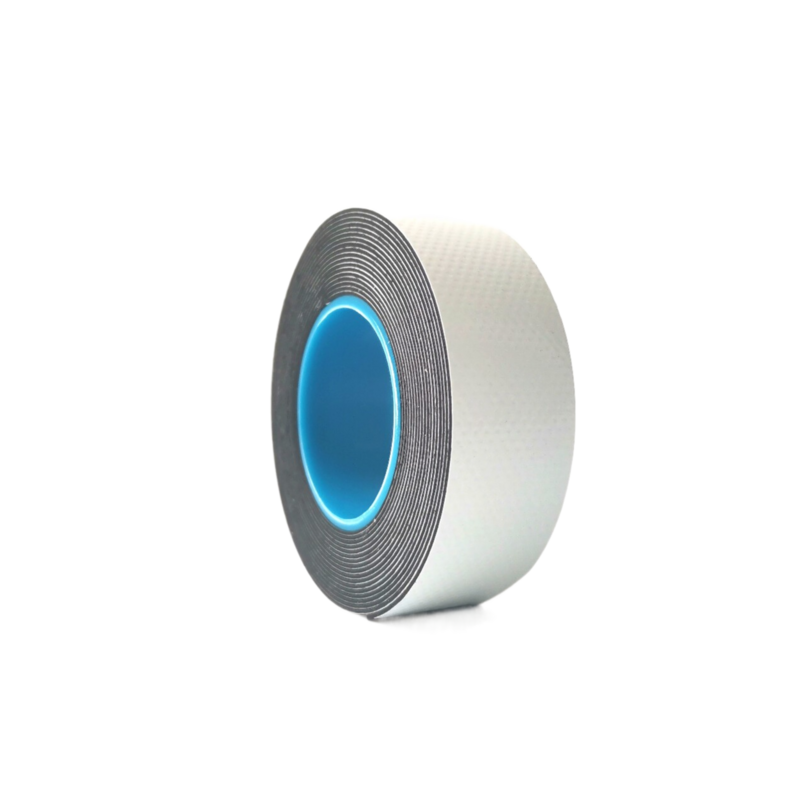The Versatile Uses of Blue Tape in Electrical Work
When it comes to electrical work, professionals and DIY enthusiasts alike often seek tools that are versatile, reliable, and efficient. Among the various materials available, blue tape, specifically electrical tape, stands out as a crucial component for a wide range of applications. Its distinct color, utility, and properties make it a favorite among electricians and homeowners tackling their own projects.
What is Blue Electrical Tape?
Blue electrical tape is a type of PVC (Polyvinyl Chloride) tape designed for use in electrical applications. While electrical tape typically comes in various colors, blue is often associated with marking and identifying wiring systems or making specific connections more visible. The tape is characterized by its excellent insulation properties, resistance to moisture and other environmental factors, and its ability to withstand varying temperatures. These attributes make it an ideal choice for a plethora of tasks.
Applications in Electrical Work
One of the primary uses of blue electrical tape is to insulate and protect electrical wires and connections. When an electrician is working on wiring systems, it is crucial to ensure that all connections are properly insulated to avoid short circuits and potential hazards. Blue tape is often used to cover exposed wire ends, providing a safe protective layer against moisture, dust, and accidental contact.
In addition to insulation, blue tape is also effective for color-coding wires. Electricians frequently utilize different colors of tape to denote specific functions, phases, or circuits. Blue tape, in this context, can help distinguish particular systems, making troubleshooting and modifications more manageable. This organizational method is especially helpful in complex installations where numerous wires are present, as it enhances clarity and reduces confusion during maintenance.
Temporary Fixes and Marking
blue tape electrical

In many situations, blue electrical tape serves as a temporary fix for unexpected issues. For example, if a wire becomes frayed or damaged before a more permanent solution can be implemented, wrapping it with blue tape can provide immediate insulation and safety until proper repairs can be made. This temporary solution can prevent further damage and protect both the equipment and the user from electrical shock.
Moreover, blue tape is frequently used for marking purposes. Electricians often need to label specific wires, connections, or components for future reference. The use of blue tape allows for clear labeling, which is critical in large or intricate systems where multiple connections are involved. With a simple marker, one can write essential information directly on the tape, aiding in future troubleshooting efforts or repairs.
Benefits of Using Blue Electrical Tape
The benefits of blue electrical tape extend beyond its basic applications. Its sturdy composition ensures durability, allowing it to withstand wear and tear in various environments. Furthermore, the tape's adhesive properties are strong enough to keep the tape securely in place, yet it can still be removed cleanly when necessary without leaving behind sticky residues.
Blue electrical tape is also cost-effective. Its affordability makes it accessible for both professionals and hobbyists, allowing users to stock up for various projects without breaking the bank. Furthermore, its multifunctional capabilities reduce the need to purchase multiple specialized tapes.
Conclusion
In conclusion, blue electrical tape is an indispensable tool in the world of electrical work. Its insulating properties, ease of use for marking and organizing, and affordability make it a practical choice for professionals and hobbyists alike. Whether used for insulation, color-coding, temporary fixes, or labeling, blue tape proves its worth time and again in maintaining safe and efficient electrical systems. As we continue to embrace innovative solutions in our projects, blue electrical tape remains a simple yet essential ally in navigating the intricate world of wiring and electrical connections.
-
Self Amalgamating Tape: Redefining Electrical Insulation and ProtectionNewsAug.07,2025
-
Seal Strip Solutions: Revolutionizing Energy Efficiency and Comfort in Modern BuildingsNewsAug.07,2025
-
High Voltage Electrical Tape: Powering Safety and Reliability in Modern InstallationsNewsAug.07,2025
-
Flex Tape Waterproof: Transforming the Future of Instant RepairsNewsAug.07,2025
-
Elevate Electrical Safety Standards with High-Performance PVC Electrical TapeNewsAug.07,2025
-
Butyl Rubber Tape: The Ultimate Solution for Reliable Sealing and WaterproofingNewsAug.07,2025
